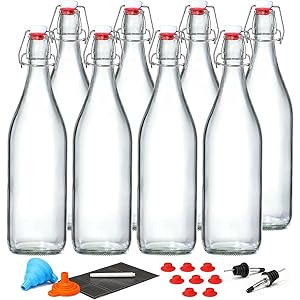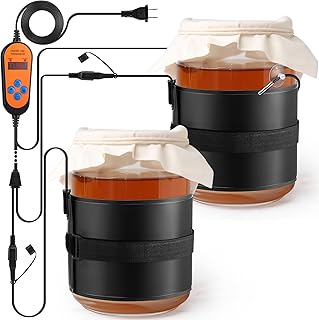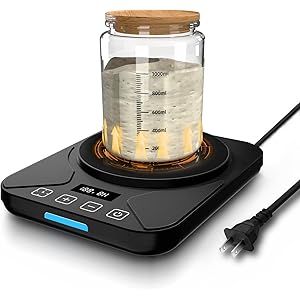Understanding Farmhouse End Tables
Farmhouse end tables are essential pieces of furniture that blend functionality with rustic charm. These tables typically feature a distressed finish, natural wood tones, and a design that emphasizes simplicity and practicality. They serve as perfect companions to sofas and chairs, providing a convenient surface for drinks, books, and decorative items, while enhancing the overall aesthetic of a farmhouse-style living space.
Materials Used in Farmhouse End Tables
The materials commonly used in farmhouse end tables include reclaimed wood, solid hardwoods, and sometimes metal accents. Reclaimed wood is particularly popular due to its sustainability and unique character, often showcasing knots and imperfections that add to its charm. Solid hardwoods, such as oak or pine, provide durability and a classic look, while metal accents can introduce a modern touch to the rustic design.
Design Features of Farmhouse End Tables
Farmhouse end tables often incorporate design features such as open shelving, drawers, and decorative hardware. Open shelving allows for easy access to items while adding visual interest, while drawers provide hidden storage for smaller items. Decorative hardware, such as wrought iron handles, can enhance the rustic appeal and tie the piece into the overall farmhouse theme.
Choosing the Right Size for Your Space
When selecting a farmhouse end table, it’s crucial to consider the size of your space. The table should complement your existing furniture without overwhelming the room. A good rule of thumb is to choose a table that is about the same height as the arm of your sofa or chair. Additionally, ensure there is enough space for movement around the table, ideally leaving at least 18 inches between the table and seating.
Color Schemes and Finishes
Farmhouse end tables come in a variety of color schemes and finishes, ranging from natural wood stains to painted options. Neutral tones like white, gray, and beige are popular choices, as they can easily blend with various decor styles. Distressed finishes are also favored, as they evoke a sense of history and warmth, making the table feel like a cherished heirloom.
Get more content like this!
Sign up to receive updates and new terms first hand.
Styling Your Farmhouse End Table
Styling your farmhouse end table can enhance its visual appeal and functionality. Consider adding a table lamp for ambient lighting, a stack of books for a personal touch, or a decorative tray to organize smaller items. Incorporating greenery, such as a small potted plant or fresh flowers, can also bring life to the table and complement the rustic aesthetic.
Farmhouse End Tables in Different Rooms
While farmhouse end tables are commonly found in living rooms, they can also serve functional purposes in other areas of the home. In bedrooms, they can function as nightstands, providing a surface for lamps and personal items. In hallways, they can serve as a catch-all for keys and mail, while in dining areas, they can act as additional serving surfaces during gatherings.
DIY Farmhouse End Table Projects
For those who enjoy crafting, creating a DIY farmhouse end table can be a rewarding project. There are numerous plans available online that cater to various skill levels, allowing you to customize the size, materials, and finish to suit your personal style. Building your own table not only saves money but also adds a unique piece to your home that reflects your creativity.
Where to Buy Farmhouse End Tables
Farmhouse end tables can be found at a variety of retailers, from large furniture stores to local artisan shops. Online marketplaces also offer a wide selection, allowing you to compare styles and prices easily. When shopping, consider the quality of materials and construction, as well as the return policy, to ensure you are making a wise investment for your home.
Maintaining Your Farmhouse End Table
To keep your farmhouse end table looking its best, regular maintenance is essential. Dust the surface frequently to prevent buildup, and use a damp cloth for deeper cleaning. Avoid harsh chemicals that can damage the finish, and consider applying a wood conditioner periodically to maintain the wood’s natural beauty and luster.




